From ATACMS to PrSM. Prospects for US tactical missile systems
At the moment, the US Army and Marine Corps are armed with the ATACMS operational-tactical missile system based on serial MLRS. A long time ago he was recognized as unpromising, as a result of which the development of a new OTRK for replacement was started. With the successful completion of work, rearmament starts by the middle of the decade.
Obsolete Samples
At the moment, the OTRK class in the American army is represented only by the ATACMS (Army Tactical Missile System) family of several major modifications. Products MGM-140, MGM-164 and MGM-168 are single-stage solid-fuel ballistic missiles with a range of up to 300 km and a combat load of several types. Missiles are launched by MLRS M270 MLRS and M142 HIMARS launchers.
OTRK ATACMS was developed in the second half of the eighties, and in 1991 the first MGM-140A missile was put into service. Subsequently, several other ammunition appeared with these or those features. Production continued until 2007. By this time, the customer received approx. 3,7 thousand missiles of four modifications. A substantial part of them was used during exercises and real operations.
Purchases were discontinued due to an unacceptable cost-effectiveness ratio weapons. By 2007, ATACMS rockets were considered obsolete and did not justify acquisition costs. However, the operation continued - the Pentagon planned to spend the accumulated reserves without replenishing them. In the future, the availability of stocks led to the need for modernization of missiles from warehouses.
Plans for the near future are fully related to the ATACMS SLEP (Service Life Extension Program). It provides for the replacement of a number of key components of the rocket in order to extend the life and some increase in combat characteristics. The main goal of the SLEP program is to ensure the operation of cash missiles until the mid-twenties.
In the years 2023-25. A new PTRC is expected to enter the troops, designed to replace the existing ATACMS. For some time, the MGM-140/164/168 missiles will remain in service, but they will be decommissioned as new ones arrive. The whole process can stretch for several years and be completed by 2028-2030.
Perspective development
In 2016, the US Army issued requirements for the promising Long Range Precision Fires (Long Range Precision System) program, which aimed to create a new OTRK to replace ATACMS. Soon Lockheed Martin and Raytheon joined the program. In June 2017, companies received orders for development work worth $ 116 million. In the future, it was planned to compare two projects and choose a more successful one.
At the design stage, the LRPF program changed its name to PrSM (Precision Strike Missile - “High-precision strike missile”). In addition, over time, the tactical and technical requirements have changed. So, initially the maximum range of the new OTRK was limited to 499 km - in accordance with the requirements of the current Treaty on intermediate and shorter-range missiles. After the collapse of the agreement, it became known that the actual range may exceed 550 km; according to some estimates, it will reach 700-750 km. Due to these characteristics, PrSM can move from the operational-tactical category to the short-range missile class.
As with ATACMS, the new missile should be used with standard launchers M270 and M142. At the same time, more stringent dimensions are required. Two missiles should be entered in one standard transport and launch container. Thus, MLRS should carry four PrMS missiles instead of two ATACMS, HIMARS - two new ones.
Initially, flight tests were planned to begin in mid-2019, but these dates have moved. The first launch of an experimental Lockheed Martin development rocket took place on December 10. March 10, 2020 held a second launch; the third is scheduled for May. Lockheed Martin PrSM starts with the M142. A flight range of 240 km was obtained.
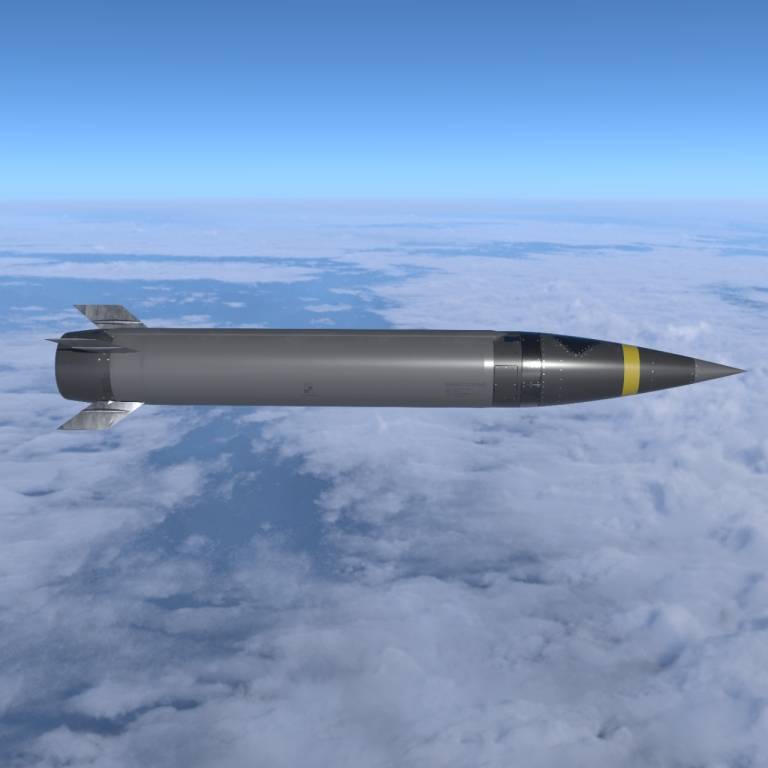
A project from Raytheon, codenamed DeepStrike, has run into serious technical problems. The first launch was postponed several times. According to the latest data, it was supposed to take place in the 1st quarter of 2020, but this did not happen.
March 20, it became known that the Pentagon refused to support the PrSM project from Reyteon. Financing of work is terminated, which actually means the closure of the project. The reason for this decision was the failure of the timing of work and the start of testing. All customer attention will now be focused on the Lockheed Martin project.
The future of PrSM
According to earlier plans, in 2019-2020. flight tests of two new missiles were to take place, as a result of which the Pentagon could choose the winner of the program. This would happen at the end of 2020, and soon a contract was expected to be finalized, and then for serial production of new missiles.
Raytheon and its DeepStrike project have virtually dropped out of the PrSM program, which is why its results are now more than predictable. If the army does not dare to close the program for one reason or another, Lockheed-Martin will be the winner with its missile already put out for testing.
The next few years are allocated for the completion of the project. According to current plans, mass production of PrSM starts in 2023. The first rocket battery will reach initial operational readiness in 2025. This will be the first step in a rather lengthy process of transferring rocket artillery to new missile weapons. Will it be possible to fulfill all these plans - time will tell. While the situation as a whole does not favor pessimism.
Likely opponent
The Lockheed Martin PRSM PrSM project provides for the development of a ballistic solid fuel rocket compatible with existing MLRS. In accordance with customer requirements, a two-fold increase in ammunition in comparison with ATACMS.
Declared the possibility of firing at a range of 60 to 499 km. The missile is equipped with controls that provide high accuracy of hitting the target. The modular architecture of the systems should simplify the creation of new modifications and future upgrades. It is possible to carry different types of warheads.
The promising American OTRK compares favorably with its predecessor. In addition, it makes sense to compare it with foreign samples - primarily Russian ones. From the point of view of the tactical role and tasks, PrSM can be considered an analogue of the Russian Iskander OTRK line, and it should be compared precisely with them.
PrSM has some advantages over its foreign counterpart. The first of these is compatibility with existing MLRS launchers, due to which there is no need to create new combat vehicles. Transferring parts to new ammunition will be quick and not too complicated.
In the proposed form, the PrSM product and various Iskander missiles have a range of up to 500 km. In the absence of restrictions on the INF Treaty, American weapons can be upgraded with a noticeable increase in range, which will give it advantages over Russian. However, it is necessary to recall the accusations from the United States regarding the Russian 9M729 missile. It supposedly has a range of more than 500 km (according to various estimates, up to 2-2,5 thousand km). Accordingly, from an American point of view, even after modernization, the PrSM may be inferior to the Iskander missile.
According to well-known data, Lockheed Martin offers a “clean” ballistic missile. As part of the OTRK "Iskander" the so-called quasi-ballistic missile, capable of changing the trajectory and making interception difficult. In addition, the Russian family includes a cruise missile. Such breadth and flexibility of ammunition is an absolute plus, absent in the American project.
The combat qualities of the two complexes as a whole are still extremely difficult to evaluate. The PrSM system is now at the testing stage and has not yet had time to show all its capabilities. In particular, only half of the declared maximum range has been achieved so far. However, new tests are planned, and in the near future, the development of Lockheed Martin will be able to show its best.
Better, but not the best?
According to the results of ongoing work, the US armed forces will receive a new tactical missile capable of replacing a number of obsolete models. It will hit further and more accurately, and standard launchers will be able to carry twice as much ammunition. Thus, the ongoing work will have obvious positive consequences for the combat effectiveness of the army.
However, against the background of advanced foreign systems of its class PTRK, PrSM looks ambiguous. Over the past years, progress in this area has managed to go forward, as a result of which the new American complex is at a disadvantage. Will we be able to cope with the existing lag and surpass competitors - we will find out later.
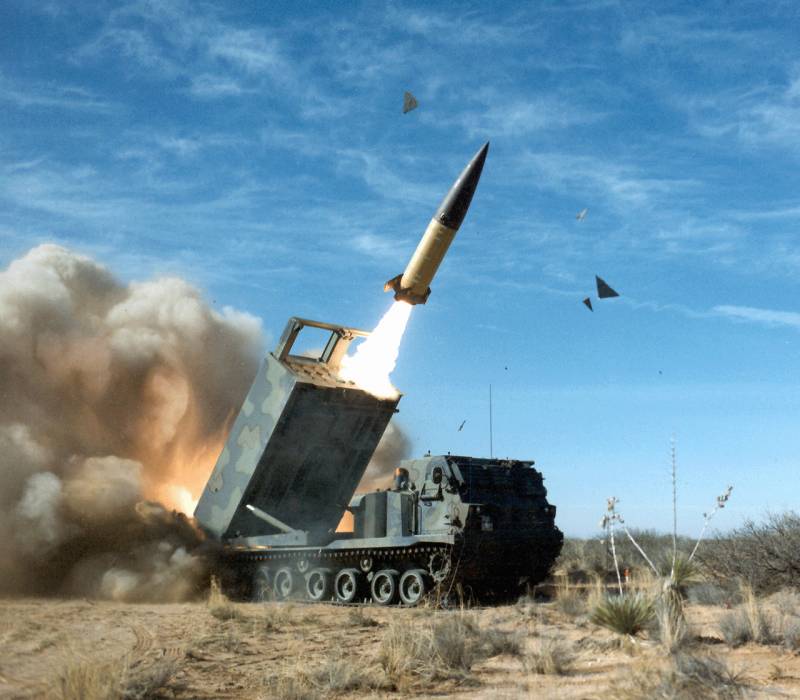
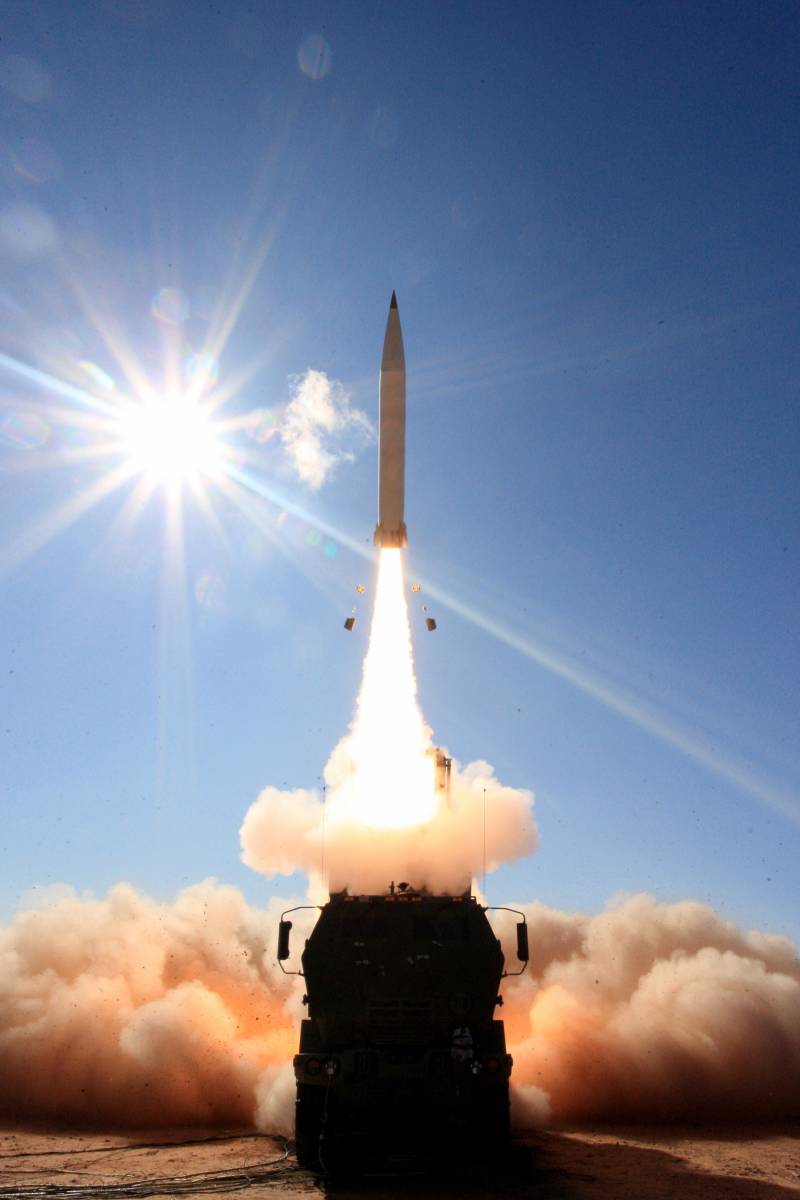
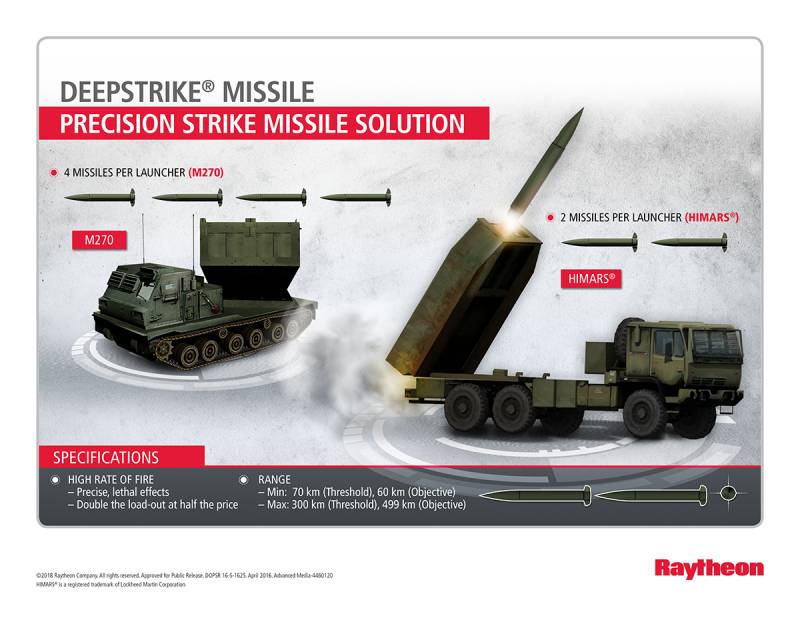
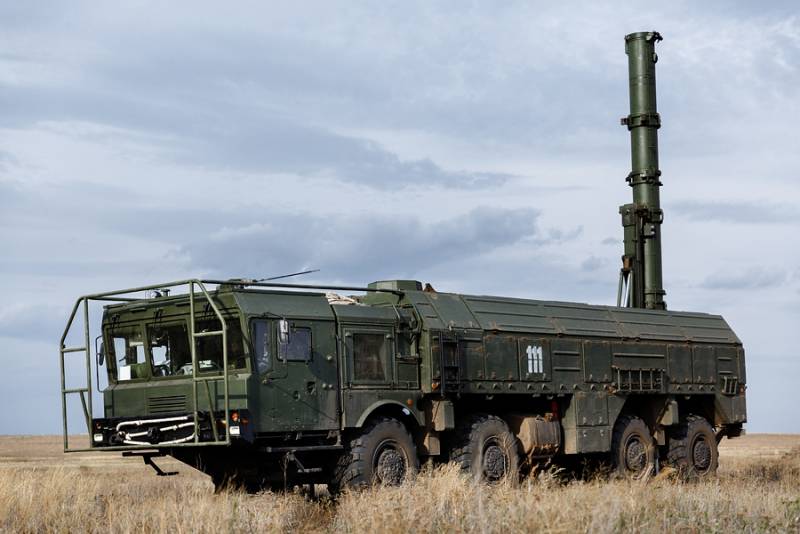
Information